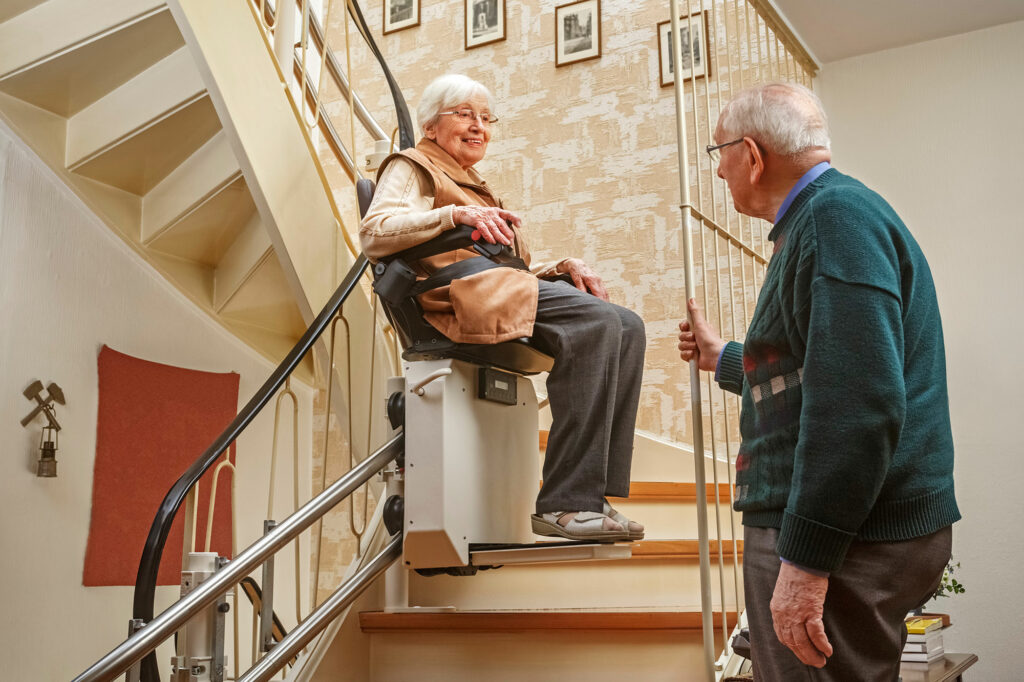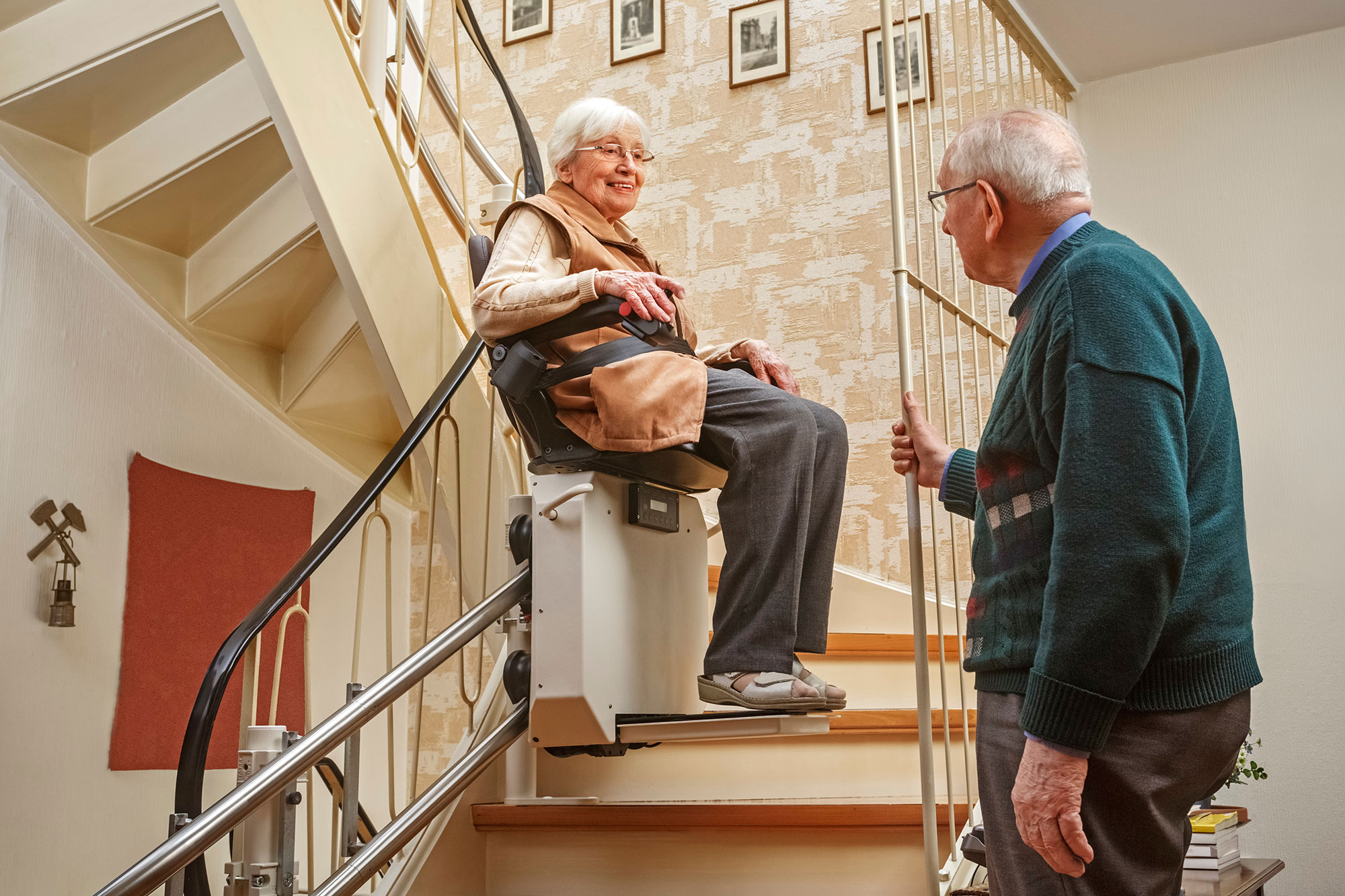What comes to mind when you think of architecture? Most people would say things like aspirational design, beauty and structure.

But architecture has a much more critical role in our lives than many people realise.
In particular, architecture plays a critical role in aged care services.
Imagine you are an elderly person living in a senior care facility.
You have trouble walking, so you rely on a wheelchair to get around. Your vision is not what it used to be, and your hearing is beginning to decline.
Now imagine that the aged care facility you live in is designed with all of these things in mind. The layout of the space is easy to navigate, and there are plenty of wheelchair-accessible features.
The material finishes are chosen for their durability and ease of maintenance. Everything in the building is designed to make your life as comfortable and stress-free as possible.
Don’t you think such a facility would positively impact your health, mood and overall well-being?
This scenario is just one instance of how architecture can make a difference in the lives of those who live and work in aged care facilities.
In this article, we will explore the role of architecture in aged care in more detail.
How does architecture impact the lives of older people?
The design of aged care facilities can profoundly impact residents’ health, mood and quality of life.
It is more important than ever to ensure that aged care facilities are designed with the needs of residents in mind.
If we get it right, architecture can help to create a safe, comfortable and supportive environment for older Australians.
There are several ways in which architecture can impact the lives of aged care residents.
Let’s take a closer look at some of the most important ones.

1. Architecture can help to create a safe environment for older people
One of the most important roles of architecture in aged care is to create a safe environment for residents.
As we age, we become more susceptible to injury. Falls are a particular concern in the elderly, as they can lead to broken bones and head injuries.
To reduce the risk of falls, it is essential to design aged care facilities with safety in mind.
This means choosing slip-resistant materials and creating spaces that are easy to navigate.
Good lighting is also crucial, as it can help to prevent trips and falls.
2. Architecture can promote independence and a sense of personal identity
Another critical role of architecture is to promote independence for seniors living in aged care.
We can lose some of our physical and cognitive abilities as we age. This can make it difficult to perform everyday activities such as cooking, cleaning and bathing.
By design, many aged care facilities promote independence by providing residents with the assistance they need to perform these activities.
For example, features such as grab rails and non-slip surfaces can make it easier for residents to move around safely.
And by providing ample storage space and easy-to-use appliances, aged care facilities can help residents to maintain their independence.
3. Architecture can support social interaction
Social interaction can help reduce feelings of loneliness and isolation, and it can also have a positive impact on mental health.
One way to promote social interaction is to design spaces with a community feel that encourage residents to interact with one another.
For example, common areas such as lounge rooms and dining areas can provide opportunities for residents to socialise.
And by incorporating features such as gardens and courtyards, aged care facilities can give the residents a place to enjoy the outdoors.
There are many other ways in which architecture can impact the lives of those who live and work in aged care facilities. These are just a few of the most important ones.

Improving aged care communities through design
When it comes to aged care, architecture and design are important. Every detail makes a difference to the daily lives of residents.
When these considerations are made at the development phase, creating facilities that focus on the importance of practical mobility and health can go a long way toward their residents maintaining a high quality of life.
If you have any questions about aged care architecture or design, please don’t hesitate to get in touch. We would be more than happy to chat with you about your next project.









